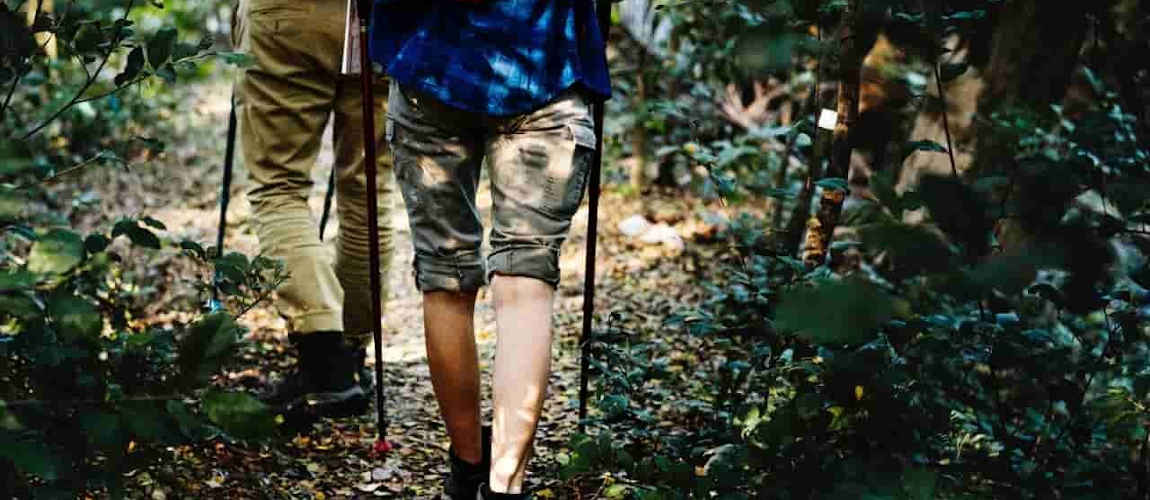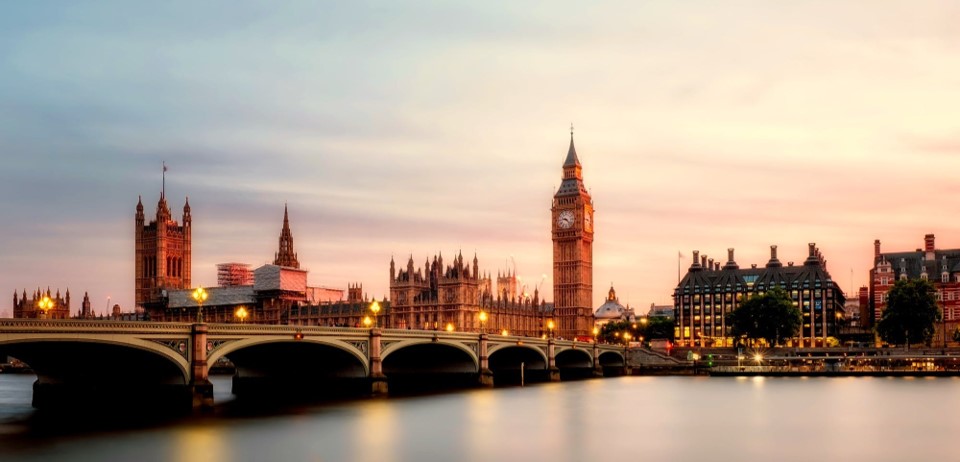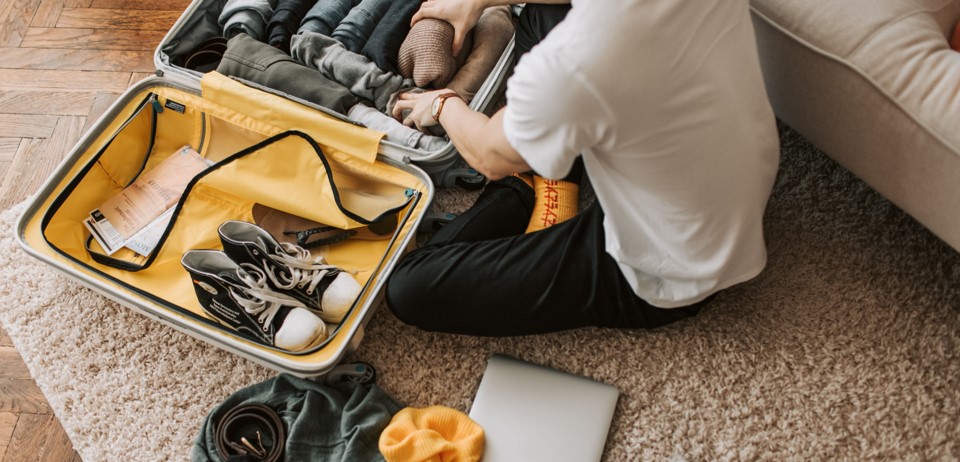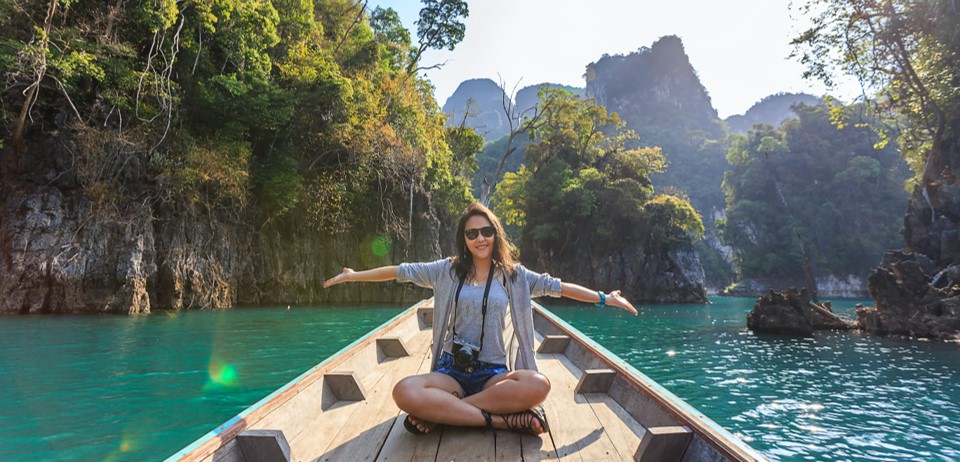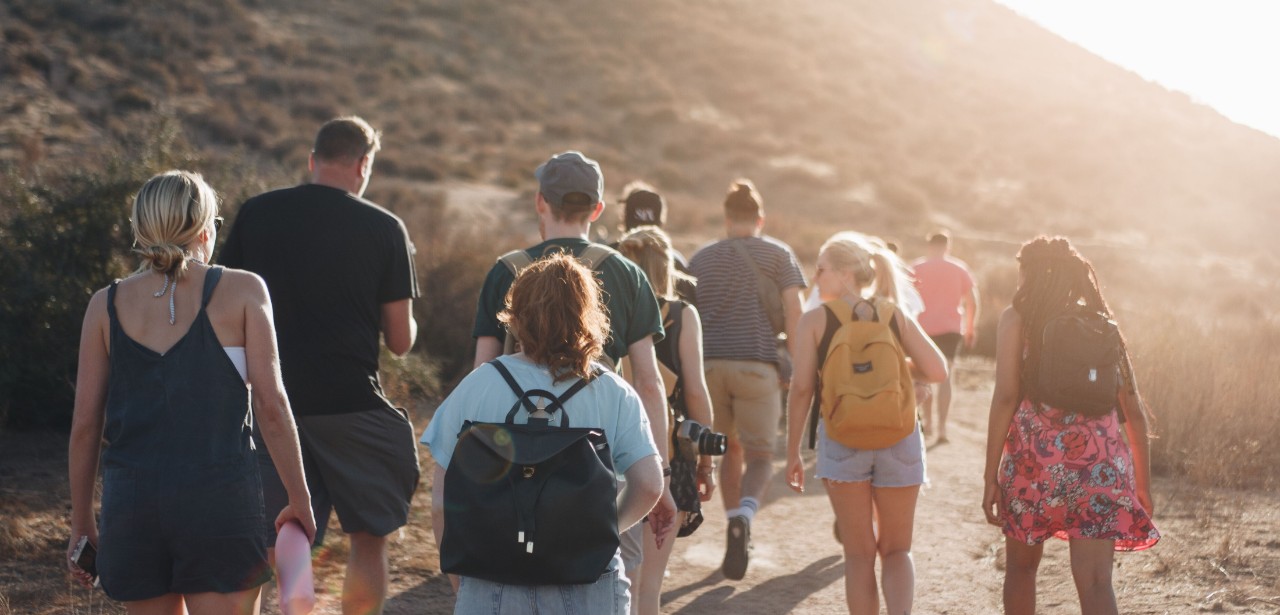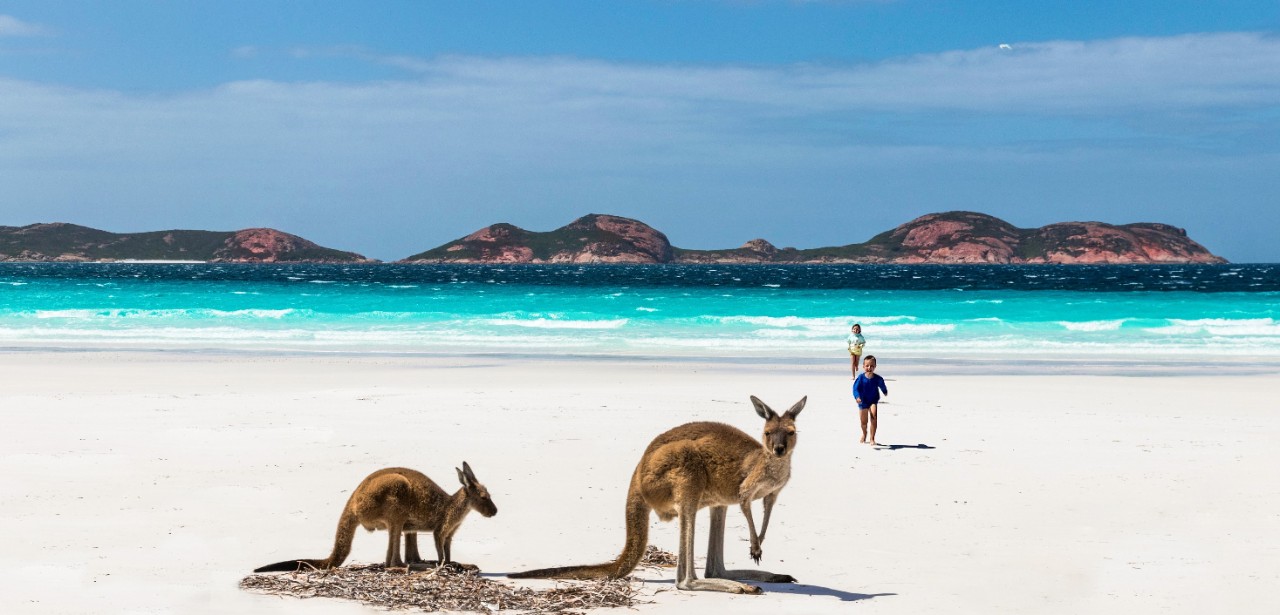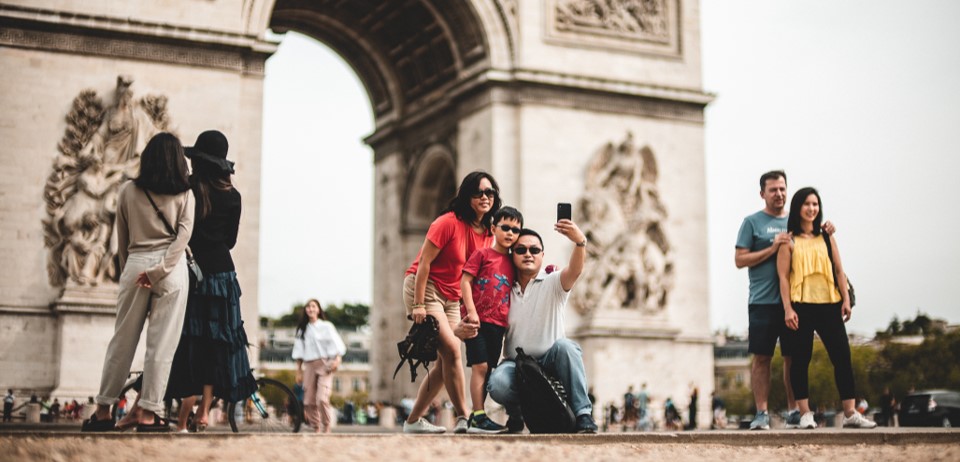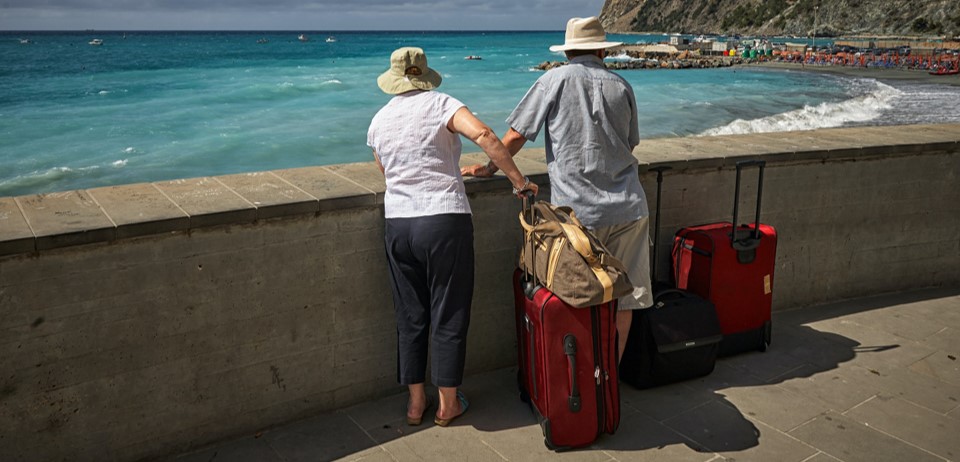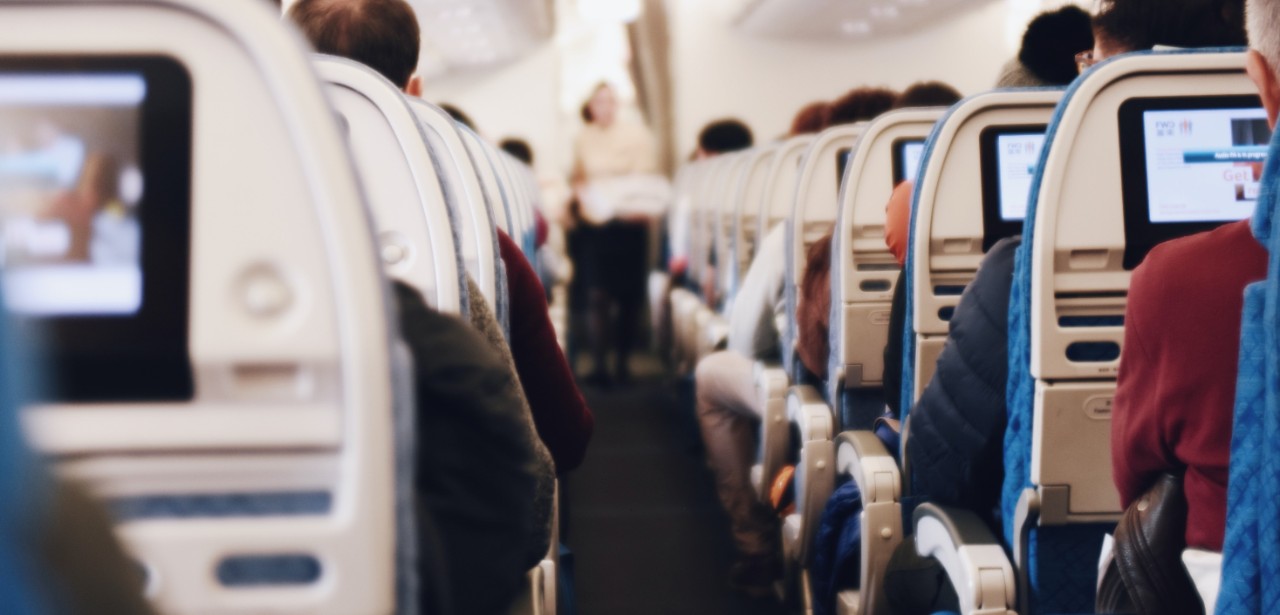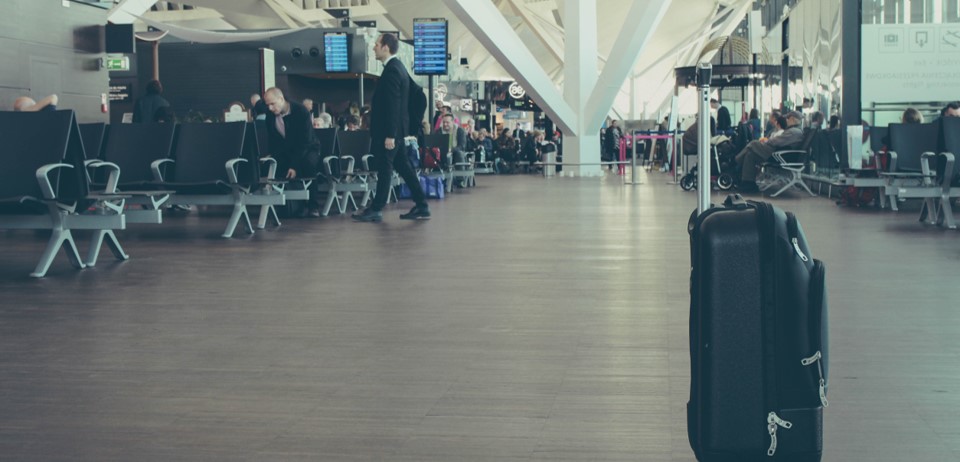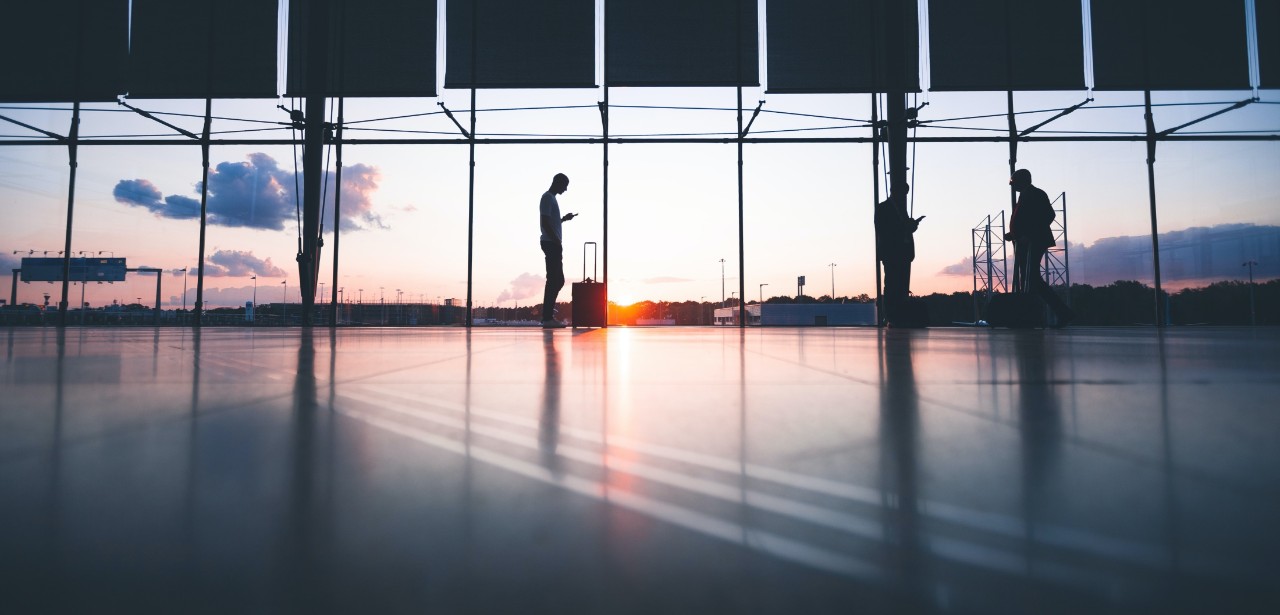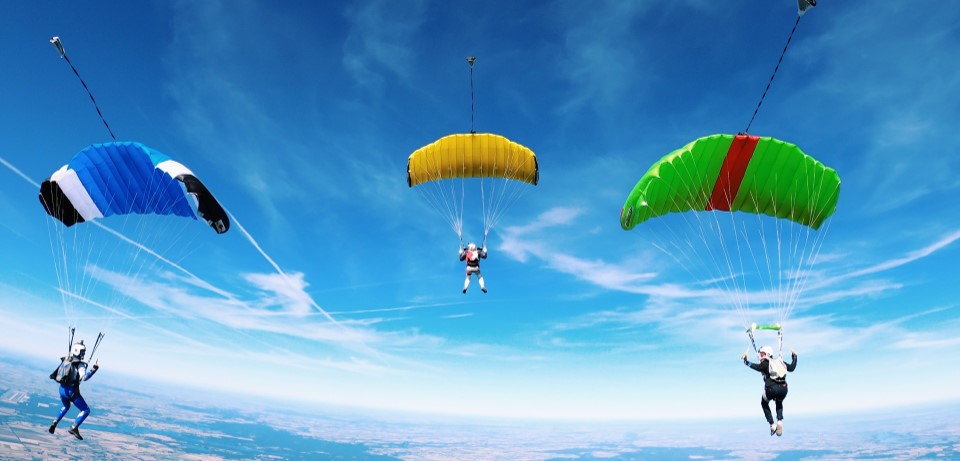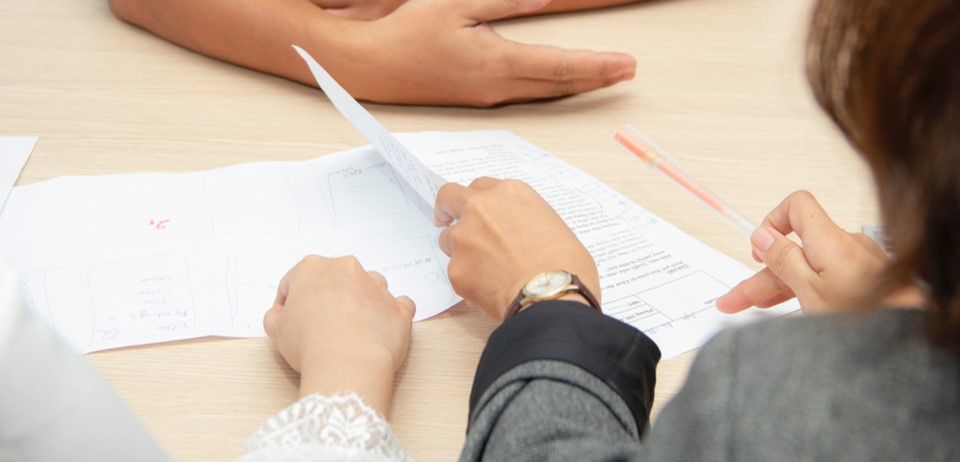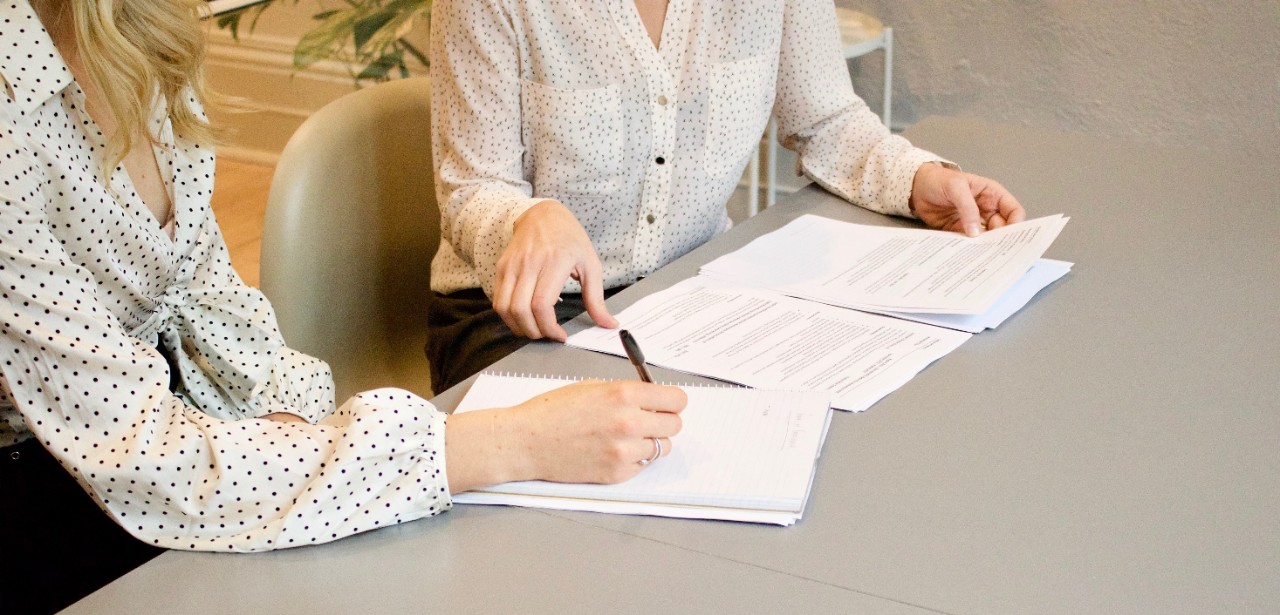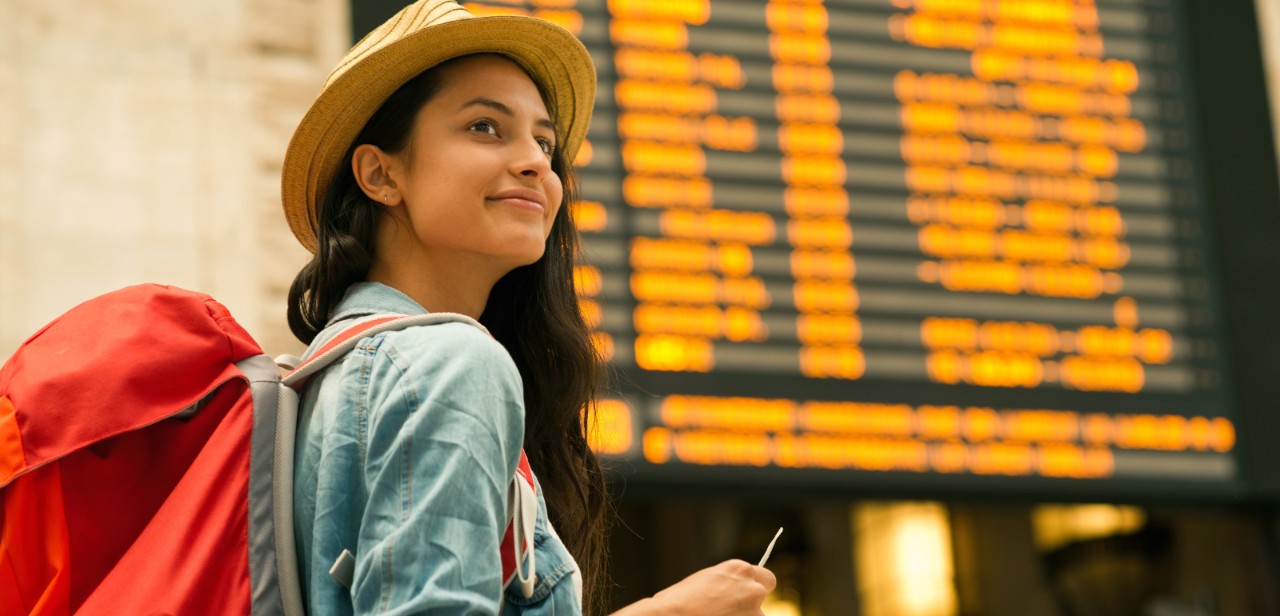Going on a trek would be very thrilling for a traveller. It can be done in any part of the world and can be organized by a group of tourists, personally, or a travel agency. Each expedition can differ on length of time of the activity (a day, a week or two); the location; the accessibility and many more. The best part of most treks is to bring forth a close view of stunning sceneries of the trail. Trekking enables you to communicate with nature, by feeling the fresh breeze of mountain, experiencing new culture, or anything that you can’t experience on your city life.
Who can trek?
Anyone can go trekking as long as they are physically fit. This means that you should have a well-conditioned body system particularly the heart, respiratory, and muscles. Take note than this type of activity will engage long walks with heavy backpacks at the back. This is the reason why you have to do body training first before going to a trek, especially the long trails. This will make you adjust and improve your endurance for the trip.
While there are hazards involved in any outdoor activity, trekking can bring even trained hikers into unexpected circumstances. That is why taking basic precautionary measures are helpful to protect you and your companions a thrilling and safe journey.
What to Bring?
a. Map – Get a copy of a map of the area where you are traveling. Secure it in a waterproof plastic bag. Bringing a global positioning system (GPS) are becoming common nowadays and are beneficial in checking the location’s coordinates. Additionally, it can give you some time information and weather condition.
b. Water Container – carrying drinking water with you is very essential in any trip. If possible, choose a water bottle with embedded filtering system (might be a bit expensive) during the trek.
c. Backpack – get a heavy-duty and long-lasting backpack. Choose the one with many zipped and unzipped pockets where you can separate your belongings during the trip.
d. Footwear – make sure that you buy a set of shoes that is fitted for hiking. Wearing appropriate footwear can minimize you from foot injuries such as blisters, & swelling.
e. Socks – choose thick wool-based socks what will aid in the absorption of moisture from the feet. If you have wet feet, it would be advisable to bring extra socks with you.
f. Clothing – make sure that you wear comfortable and light clothes. It may vary with the weather (snowing or jungle) of your destination. In addition to that, if possible choose water and wind resistant clothing to allow you stretch or move freely.
g. Walking stick – this will help you to carry your body’s weight during the trek. It also guides you in balancing yourself when going down the hill.
Common Hiking Problems
- Blisters
- Sprain
- Altitude sickness
- Malaria
- Cholera
- Typhoid
- Heat exhaustion
- Sun burn
- Dehydration
- Facing poisonous wild animals (spiders, snakes, scorpions, bees)
- Encounter with large predatory animals
- Digestive infections due to virus or bacteria
- Open wounds or lacerations
Some Trekking Tips
- Regardless if you are in a good physical condition or not. Always consult your doctor before you go to any strenuous physical activities and get exposed with high altitudes.
- Always get into an exercise program to improve body stamina two or more weeks before the trip.
- Do a quick check with the equipment you are going to bring. For your hiking shoes, make it adapt to the destination. If it is a new one, stretch it once is a while before the travel to make it more fitted to the hiking.
- In preparing your backpack, make as light as possible but carry the essentials with it. These include waterproof jacket, sleeping bag, water jug, sweater, first aid kit, GPS, map, compass etc. Spread it evenly so that the weight will be distributed to the different pockets of the bag.
- Double check the food and liquid supply before stepping out the door. Make sure that you have a sufficient amount that will last for the entire trek. You might want to bring a portable water filter/purifier with you.
- In choosing a date of the travel, take the one with good season based on your destination – keep away from typhoons/monsoons, the middle of summer in tropical places, as well as the peak winter seasons of cold areas.
- Always carry a sunscreen and a repellent with you. This is to protect your skin from the harmful UV rays of the sun and from being exposed to the mosquitoes while traveling. Additionally, use hat and wear sunglasses during the trip.
- Keep yourself with fueled with water by taking liquid regularly. Warm drinks are better if you are in high altitudes or cold area. However, alcohol is not recommended as it lessens your alertness level.
- When cleaning yourself and no water is around, you can utilize wet wipes and apply it to your body. Avoid swimming or walking barefoot on still waters due to the danger of having bilharzia or other parasite infections.

